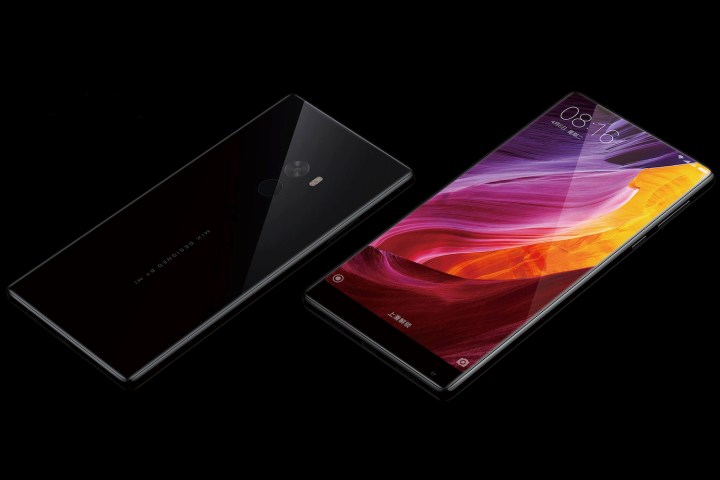
Xiaomi may not be very well known in the U.S., but it’s pretty popular in China for handsets like the Mi 5, the Mi Note 2, and the newly announced Mi Mix, which has a beautiful, near bezel-free display.
Testing networks is an important step in bringing new phones to a new market, especially when it comes to launching phones in the U.S. That’s because the LTE bands found and used in the U.S. are different from the bands used in other countries.
Just because Xiaomi is testing phones on U.S. networks doesn’t necessarily mean that we’ll see Xiaomi phones in the U.S. anytime soon. According to the Engadget report, Xiaomi is targeting a release in the next two years.
“We’re not going to launch something until we’re ready,” said Hugo Barra, Global Vice President at Xiaomi, in an interview with Engadget.
It’s also unclear how exactly Xiaomi will enter the U.S. when it does so. The company could try and sell its phones through carriers, which would almost guarantee national exposure, but it could also go the way of companies like LeEco, and sell its devices direct to consumers. Doing that, however, would prevent it from being able to get the exposure that carriers could offer.
Still, there is something to be said for direct sales. Xiaomi is already selling its 4K Android TV box as well as some of its accessories through its U.S. store, and it could most certainly do the same with its phones.
Editors' Recommendations
- Samsung just launched a $400 phone in the U.S., and it looks great
- The Nothing Phone 1 has finally launched in the U.S. — kind of
- HMD Global shows its serious about U.S. expansion with 5 new Nokia phones
- Xiaomi Mi 10 phones launch in China with Galaxy S20-baiting specs
- The U.S. Space Force launched its first nuclear-ready ballistic missile test

